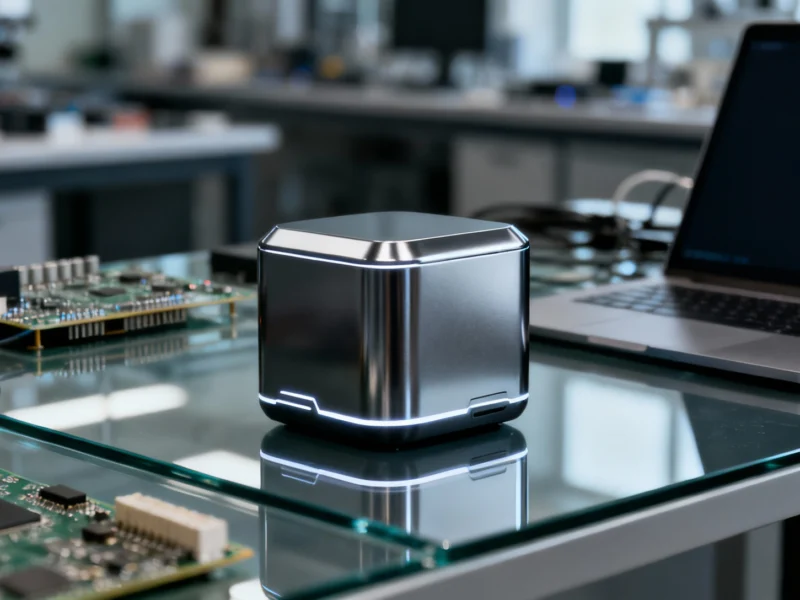Microsoft AI has entered the competitive text-to-image generation arena with MAI-Image-1, its proprietary system that immediately claims a top-10 position on the LMArena leaderboard while directly challenging Google’s Gemini-powered Nano Banana. The company’s first-party approach to artificial intelligence image creation focuses on delivering practical, workable images quickly rather than spectacular but unreliable demos.
Microsoft’s Text-to-Image Breakthrough
According to Microsoft’s official blog announcement, MAI-Image-1 represents a significant departure from wrapped third-party technologies. The system has been developed entirely in-house, giving Microsoft complete control over the AI stack from training to deployment. This ownership enables tighter integration with existing creative tools and more consistent output quality across the ecosystem.
Early testing highlights several distinctive advantages over competing models:
- Superior natural lighting simulation that creates more grounded scenes
- Cleaner reflections and surface interactions
- Enhanced scenic generation for backgrounds and mood boards
- Significantly faster iteration times for rapid prompt testing
Competitive Positioning Against Nano Banana
The immediate top-10 placement positions MAI-Image-1 as a direct competitor to Google’s Nano Banana, which has dominated recent text-to-image model discussions. Microsoft’s approach differs in its practical orientation – what the company describes in its launch announcement as focusing on “useful pictures quickly” rather than technical specifications that don’t translate to real-world usability.
Industry experts note that this represents a strategic shift toward productivity-focused AI tools. As additional coverage from IMD Monitor indicates, the emphasis on rapid iteration addresses a key pain point for creative professionals who need to explore multiple visual directions without losing momentum.
Practical Benefits for Creative Workflows
For professionals using AI art in their daily work, MAI-Image-1’s value proposition centers on reducing the friction between concept and usable asset. The system’s faster generation means designers and content creators can test more prompts in a single session, then seamlessly transition results into their standard creative tools.
The technology’s strength in natural lighting and reflections directly translates to time savings in post-processing. According to recent analysis shared by industry creators on Threads, these improvements can cut cleanup time significantly when generating scenes for commercial use.
Integration Roadmap and Future Development
Microsoft plans to integrate MAI-Image-1 into Copilot and Bing Image Creator following the current public testing phase. This ecosystem approach means prompts across Microsoft’s product suite will eventually produce faster, more lifelike images with consistent quality.
The development strategy incorporates curated training data combined with feedback from creative professionals, aiming to eliminate the repetitive results that often plague AI image generation. As related analysis from IMD Controls suggests, this professional-guided approach mirrors broader industry trends toward specialized rather than general-purpose AI tools.
Accessibility and Testing Availability
Users can currently test MAI-Image-1 through LMArena’s platform, where Microsoft is actively collecting feedback to refine the model before wider release. The public trial period represents an unusual transparency for a major tech company, reflecting the competitive pressure in the rapidly evolving AI image generation space.
The system’s performance against established benchmarks suggests Microsoft has successfully addressed what some experts describe as the “pitch-perfect” balance between speed and quality – delivering both rapid generation and commercially viable output without compromising either aspect.
As the text-to-image market continues to evolve with new entrants like MAI-Image-1 challenging established players, the focus appears to be shifting from pure technical capability to practical integration and workflow efficiency – a development that ultimately benefits creative professionals across industries.



